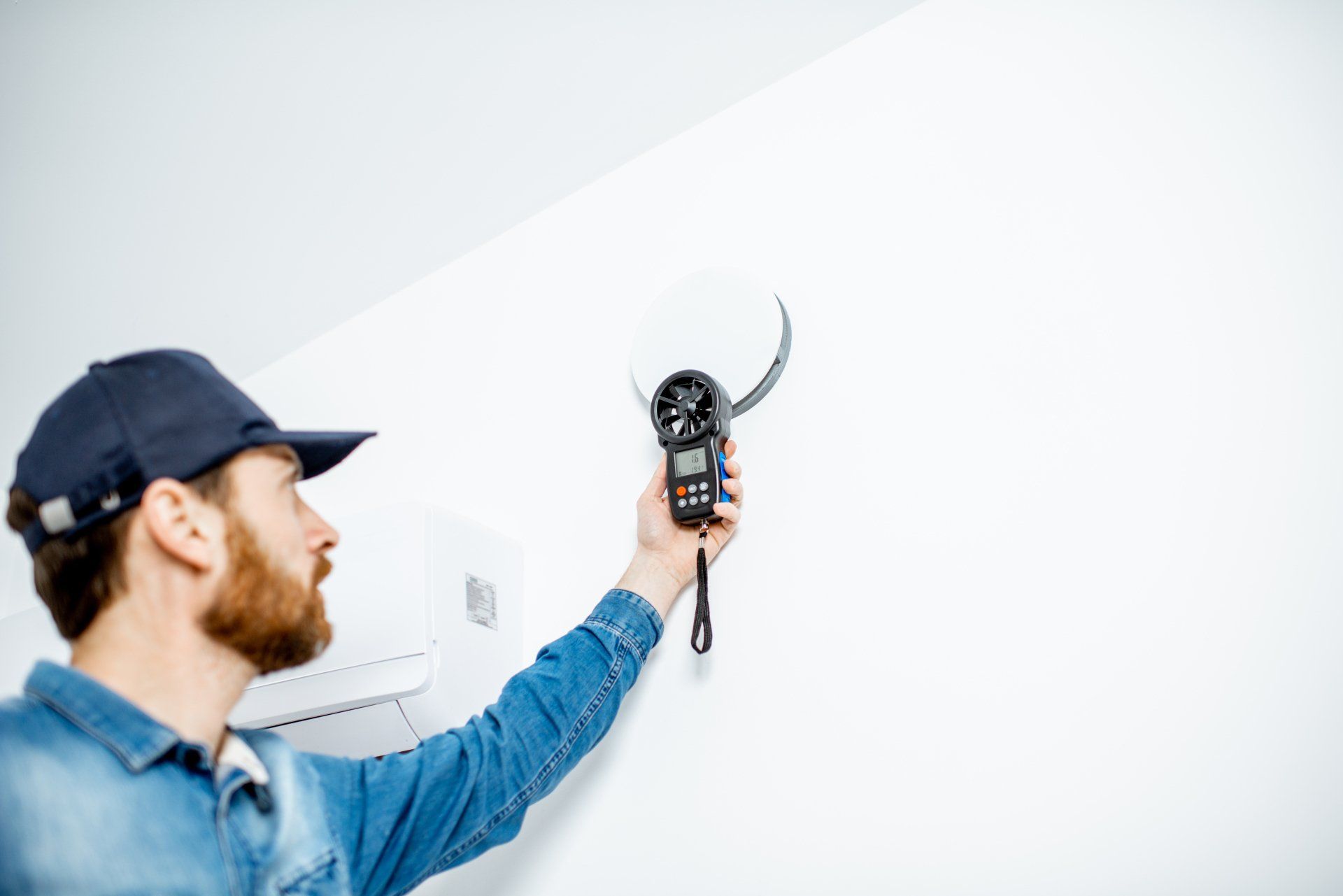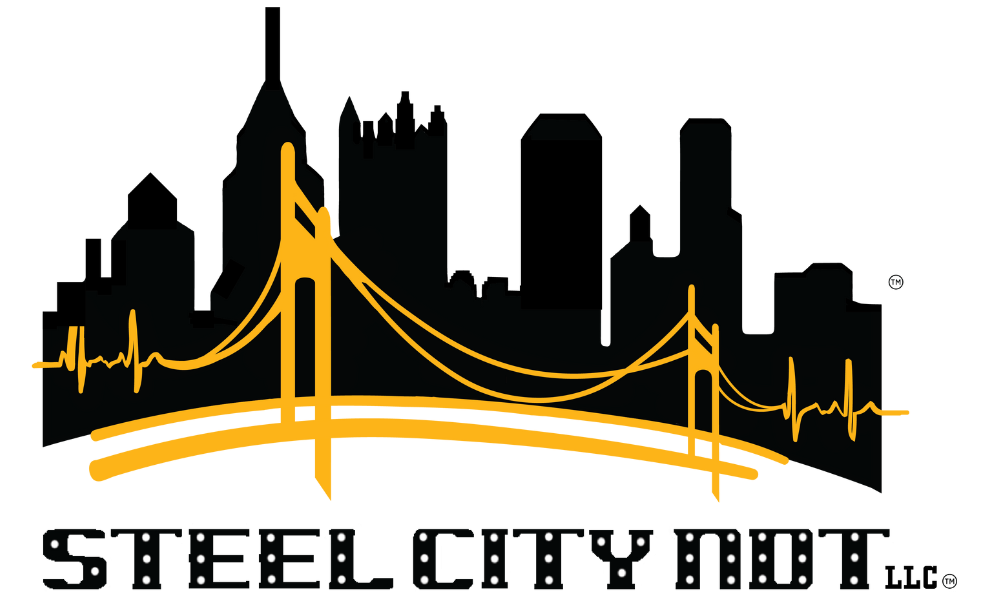Welding Wonders: 4 Fun Facts About Magnetic Particle Inspection
December 9, 2021
Everyone loses from low-quality manufacturing, which is why welders and metal manufacturers have developed magnetic particle inspection or MPI. Designed to detect cracks and flaws, MPI is one of the most popular quality assurance methods in the metals industry. If you work or take an interest in metals manufacturing, you should know that MPI:
Saves Lives
MPI involves sending magnetic field metal structures. If there are any weaknesses on or within the metal’s surface, they will disrupt the magnetic field, causing iron particles to gather in those areas. Welders can thus detect and fix the damage that is too small for the eye to see. Such damage can quickly compromise the metal in high-stress situations, which can be life-threatening when it occurs on cars, planes, military equipment, and other devices. Thanks to MPI, however, manufacturers can fix or scrap weak metal before it goes into service. This likely saves thousands of lives all over the world.
Relies On UV Rays
Though we often hear about it as an environmental and public health threat, UV light is a metal inspector’s best friend. Inspectors have to detect fluorescent particles during MPI, but such particles are not visible in white light. When exposed to UV rays, these particles begin to glow, allowing inspectors to identify them with ease. UV light is available in different intensities depending on the specific particles.
Prospective inspectors need not worry: there’s nothing dangerous about this task. MPI lights rely entirely on UV-A rays, which do not cause the eye and skin damage often associated with ultraviolet radiation.
Can’t Work Without Cleanliness
When inspectors perform MPI, cleanliness really is close to godliness. For all the sophisticated equipment and science, inspections cannot be performed correctly unless the product being inspected is pristine. It is particularly important to remove paint, grease, and oil, as these substances trap ferrous particles and prevent them from moving to weak parts of the metal. This produces false positives, causing welders and manufacturers to use metals that are not safe. MPI experts are thus urging their colleagues to better clean the metal prior to inspection.
Is On The Move
MPI is currently the most common form of metal surface testing in the United States and Europe and has been so for more than half a century. As other forms of metal testing are being developed, however, the popularity of MPI in the West has begun to decline. At the same time, the use of MPI is growing in India, China, and other emerging economies, where it provides a convenient and inexpensive way to test metal. Those who specialize in MPI and companies that make the technology will thus have increasing opportunities for work and consulting in middle-income countries.
Steel City NDT provides magnetic particle inspection and other non-destructive testing services for metals of all types and purposes. For more information about improving the safety and quality of your wares, visit our website today.
You might also like





